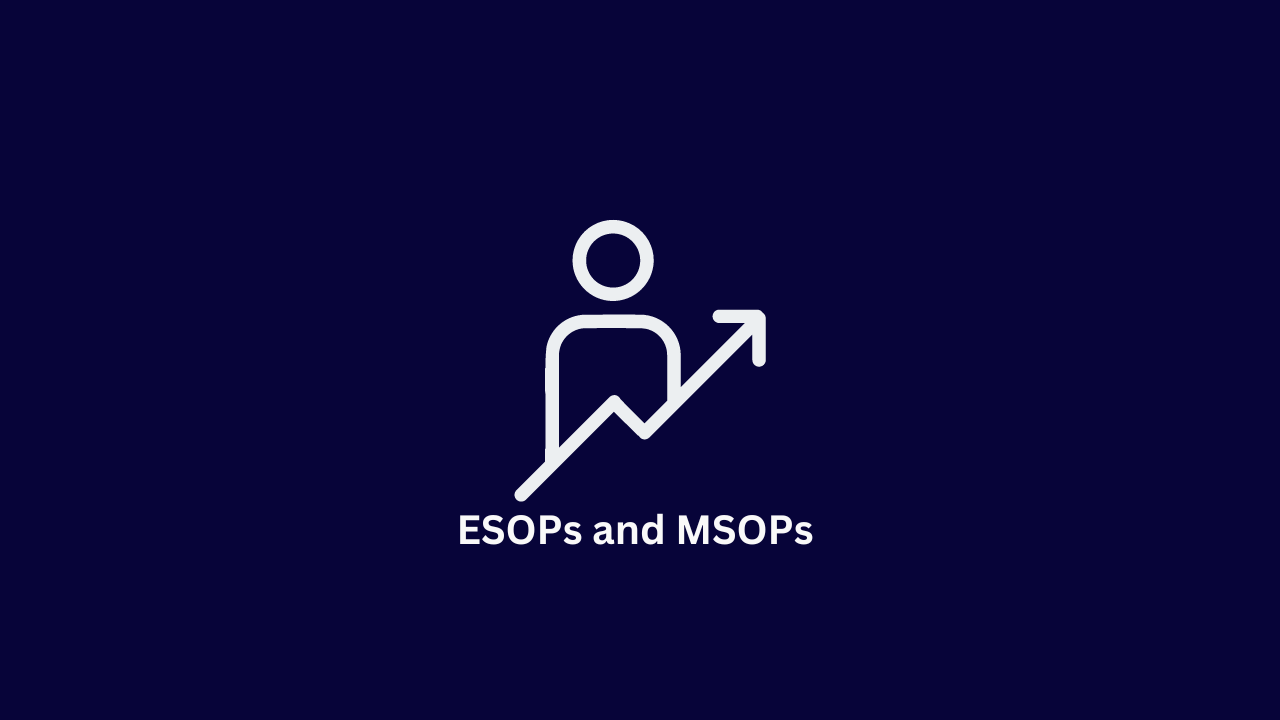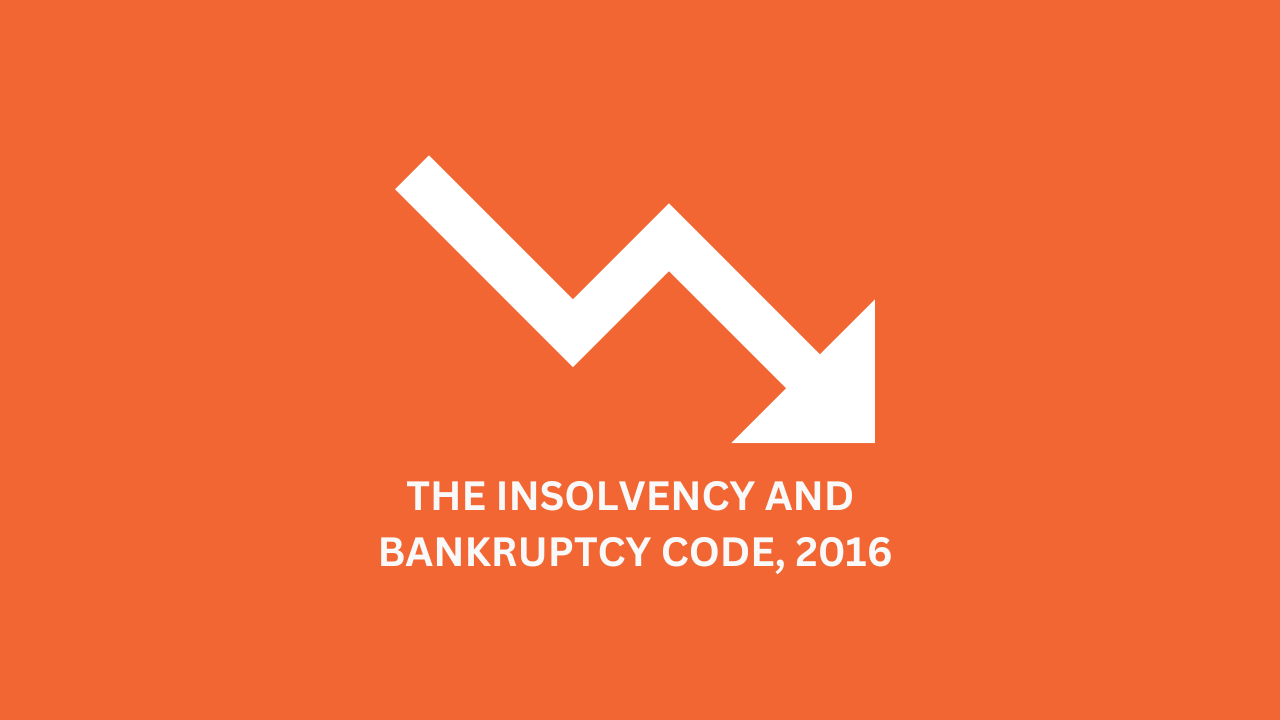
The Insolvency and Bankruptcy Code (IBC) of 2016 is a significant legislative reform in India, aimed at consolidating and amending laws related to reorganization and insolvency resolution of corporate persons, partnership firms, and individuals. The Code seeks to ensure a time-bound resolution for the repayment of debts, thereby improving the ease of doing business and ensuring a better recovery rate for creditors. Let’s delve deeper into the IBC and understand its key components and implications.
The IBC journey began with the introduction of the Insolvency and Bankruptcy Code, 2015 in the Lok Sabha on December 21, 2015. After being referred to a Joint Committee for recommendations, a modified Bill was presented based on their suggestions. In May 2016, both the Houses of Parliament passed the Insolvency and Bankruptcy Code, 2016. The primary objective of this economic reform is to focus on creditor-driven insolvency resolution, shifting the existing regime from ‘debtor in possession’ to ‘creditor in control’.
The IBC applies to:
Exceptions include corporate persons who are regulated financial service providers like banks, financial institutions, and insurance companies. The Code is applicable if the minimum amount of default is Rs. 1 lakh, with the Central Government having the authority to specify a higher amount up to Rs. 1 crore.
The insolvency resolution process under IBC can be broken down into several key stages:
Despite its successes, the IBC faces several challenges:
The Insolvency and Bankruptcy Code, 2016, has been a transformative reform in India’s financial and business landscape. It provides a comprehensive and systematic approach to resolving insolvency, ensuring the interests of all stakeholders are balanced. While challenges remain, the continued refinement and implementation of the IBC hold promise for fostering a healthier business environment in India.








